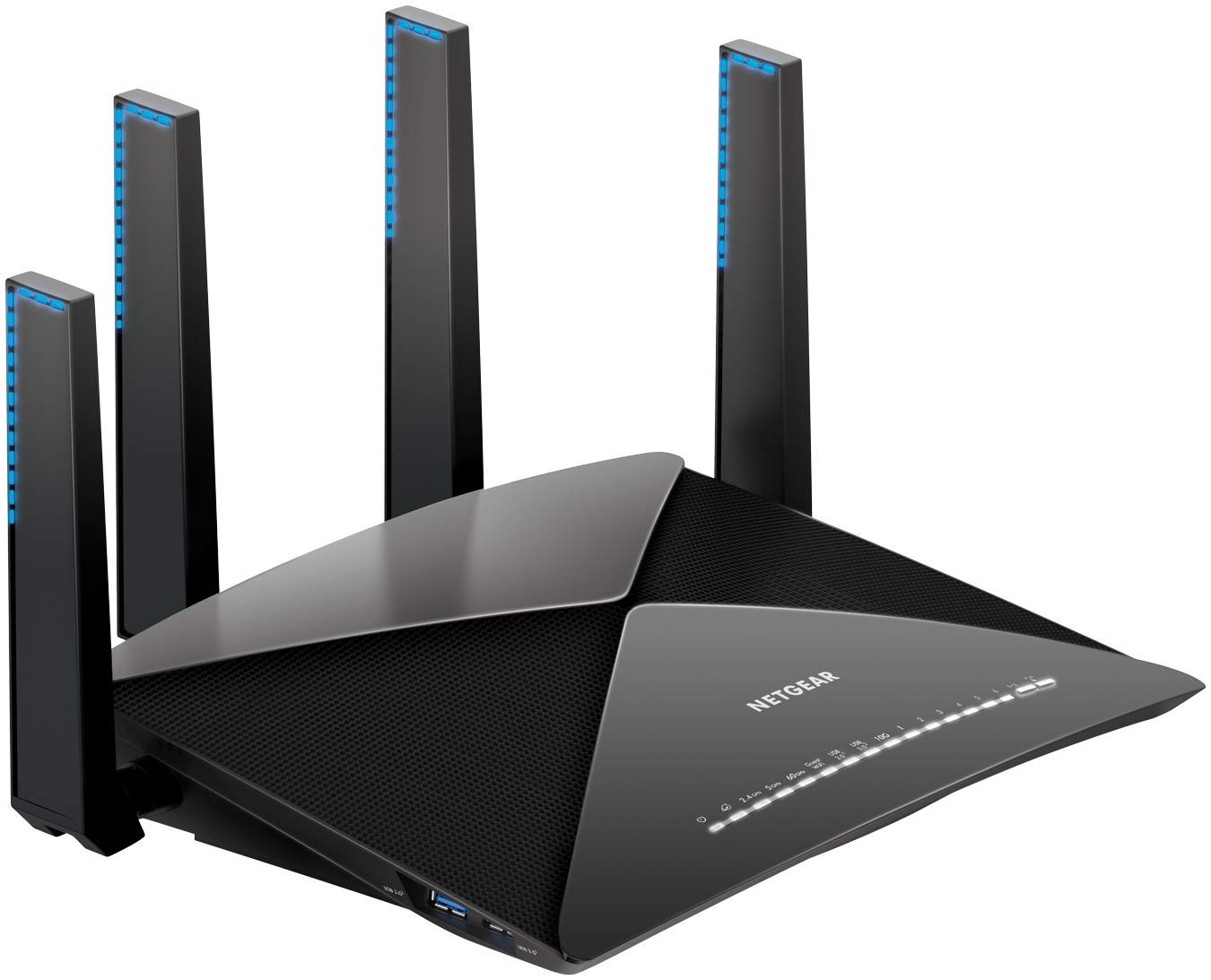Best answer: No. Eero devices use a single SSID that broadcasts simultaneously on both 2.4 GHz and 5 GHz frequencies. This is a standard feature in most mesh networks, and even for those where it can be reconfigured, it's not easy to do.
- Easy whole-home coverage: Eero Mesh Wi-Fi 3-pack ($250 at Amazon)
- Superpowered alternative: Netgear Nighthawk X10 ($350 at Amazon)
What's in a GHz?
Generally, a Wi-Fi network transmits on one of two frequencies, or bands. The first, 2.4 GHz, is older and slower but can transmit signals over a longer distance at a slower data transfer rate. The second, 5 GHz, is newer and faster but can support much higher speeds over a smaller area.
Many Wi-Fi-enabled technologies and smart home devices use the 2.4 GHz band by default since fast data transmission isn't necessarily important. A smart light bulb, for example, doesn't need high data speeds — it just needs a network connection. It also doesn't care as much about slowdown, which can be common on a 2.4 GHz network, as everything from cordless phones to garage door openers to baby monitors and microwaves can transmit on the band.
For this reason, it's usually better to leave Internet of Things (IoT) devices on a 2.4 GHz band, and personal devices such as smartphones, smart TVs, game consoles, and computers on a 5GHz band.
At first blush, this might make the fact that Eero's mesh devices, which don't support separate SSIDs, seem like a considerable drawback. However, most mesh networks broadcast multiple bands over a single SSID. They do this so devices can seamlessly switch from 5 GHz to 2.4 GHz as they move through the network.
Most smart devices are capable of making this decision on their own. However, for those niche cases where there's an issue, Eero has implemented band steering into its hardware.
Band steering and you
As described in an Eero blog post, band steering tracks whether each device on the network has previously connected to both the 2.4 GHz band and the 5 GHz band. For those that have, it will attempt to steer them towards the 5 GHz band, operating under the assumption that these devices will be better served with a faster connection.
Note that in some cases, band steering may interfere with device connectivity, particularly with 2.4 GHz only smart devices.
Much ado about network bands
Like most mesh networks, Eero broadcasts multiple bands over a single SSID. it's not designed to split these bands into separate SSIDs. This is by design, and Eero shares this functionality with both of its major competitors, Google Nest WiFi and Netgear Orbi.
If you absolutely need a network with separate 2.4 GHz and 5 GHz SSIDs, you're better off exploring alternatives to mesh networking, such as the Netgear Nighthawk X10.
Simple whole-home coverage
Eero Mesh WiFi 3-pack

$250 at Amazon $200 at Best Buy
One SSID, no problem
Eero's mesh network is one of the best available, providing easy whole-home coverage at an affordable price. With intelligent traffic routing, excellent speed and reliability, and additional security features via an Eero Secure subscription, it provides everything you could possibly desire for your home network. Most users probably won't care too much that it only broadcasts over a single SSID - that's sort of the point.
An alternative to mesh networks
Netgear Nighthawk X10
$350 at Amazon $480 at Walmart
Extreme power for a price
As one of the most powerful routers on the market, the Nighthawk X10 is designed for power users. It's capable of providing a strong enough signal to cover even the largest home, and supports wireless speeds of up to 7.2 Gbps. Sure, it's expensive, but you get what you pay for here.


0 Response to "You Can See More: Can you create separate SSIDs for 2.4GHz and 5GHz on Eero?"
Post a Comment